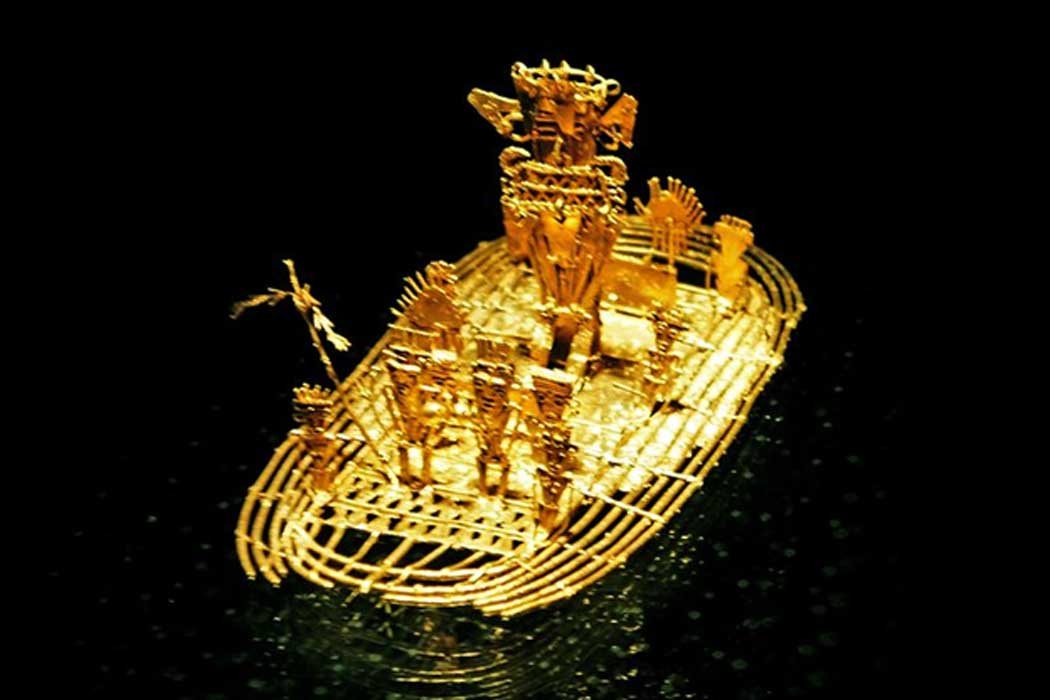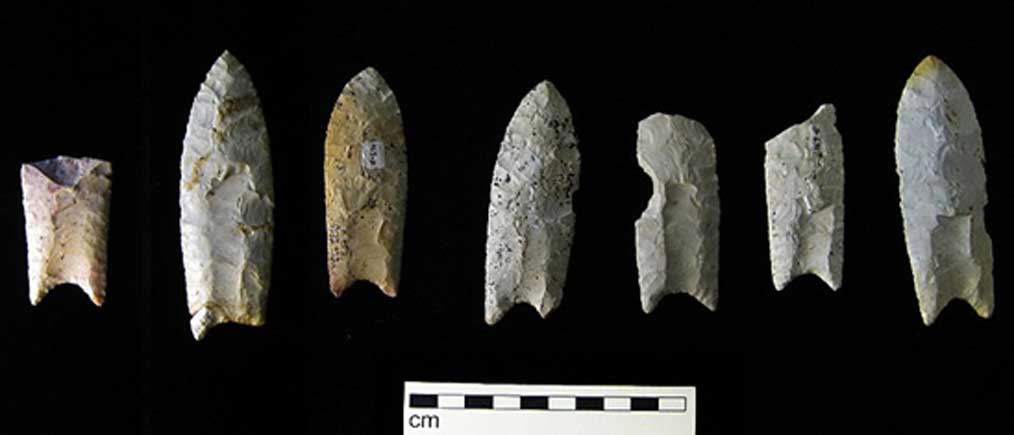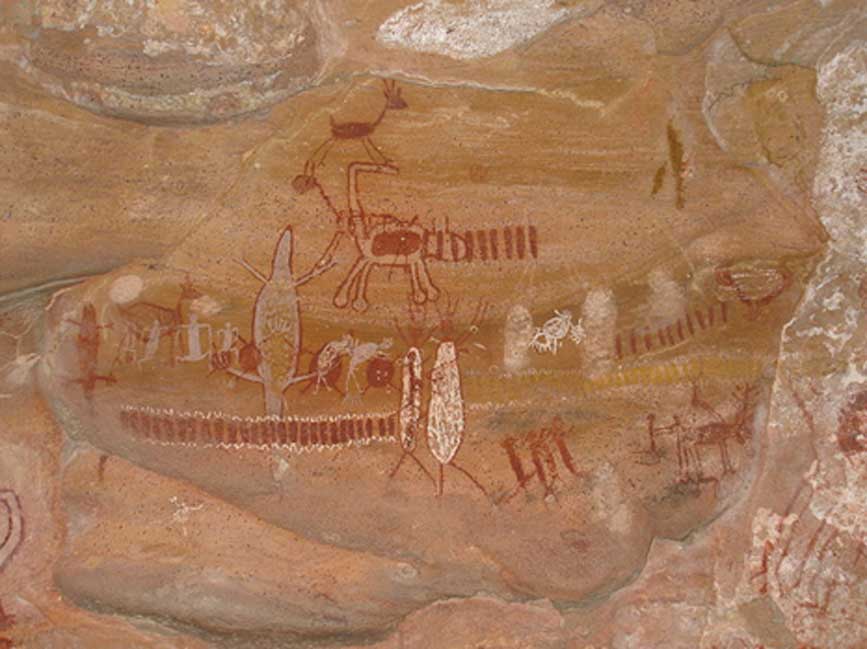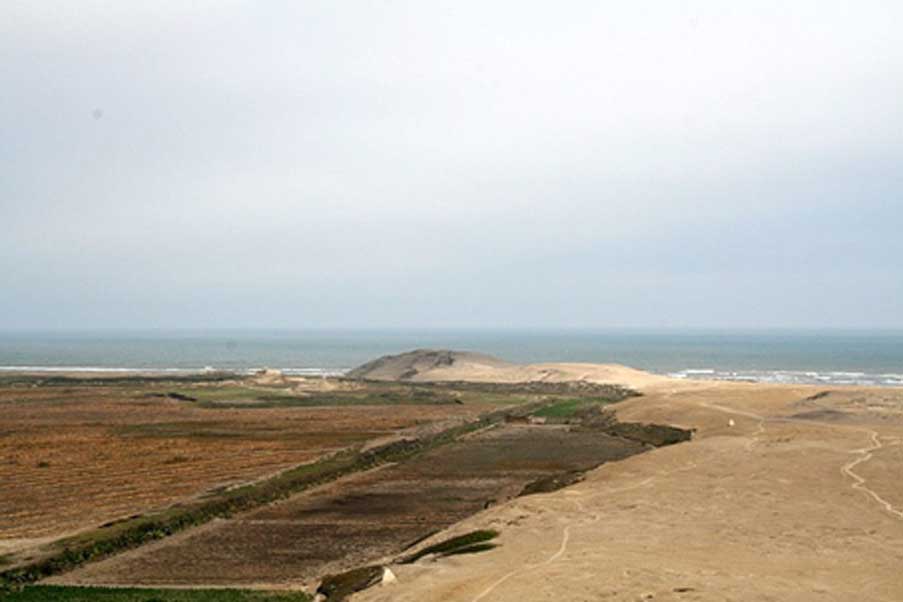
Hunting South American Gold
Gold has always captured the imagination of mankind. Long before it acquired any monetary value and became a source of greed, gold was valued for its spiritual connotation. By 2000 BC the Muisca people in South America had forged gold and created beautiful, intricate golden votives, but why were they seemingly discarded in lakes? To the Muisca gold represented the sun or male god characteristics while water and the moon were symbols of the goddess and by casting male gold votives into receptive female water, a sacred religious rite was completed. Historian Ashley Cowie is on an expedition to replicate ancient South American gold forging.

Clovis spear points from the Rummells-Maske Cache Site, Cedar County, Iowa. (CC BY-SA 3.0)
Early Inhabitants
Archeologists and anthropologists once agreed that the indigenous peoples of the Americas were Paleo-Indian hunter-gatherers who, about 13,500 years ago, migrated from eastern Asia across the Bering land-bridge to present-day Alaska. Known as the Clovis First Theory, The Concise Oxford Dictionary of Archaeology (2003) states that it is named after the discovery of a set of “distinctive handmade stone tools found alongside Pleistocene fauna near Clovis, New Mexico, in the 1920s and 1930s.”
Over the last 50 years many artifacts have been discovered, which directly challenge the Clovis First Theory, suggesting humans penetrated deep into South America much earlier than was proposed. In 1986, Professor Niède Guidon of the University of Maine published New Evidence for the Pleistocene Peopling of the Americas detailing the incredible discoveries made at the Pedra Furada sites in Brazil. At this important collection of over 800 rock shelters, artifacts and hearths yielded carbon 14 dating of 46,000 to 30,000 BC. These dates were generally doubted by the archeological community and new hearth samples were tested with a new method of cleaning charcoal, called ABOX, which dated to 52,000 BC, as was reported in the Quaternary Science Reviews.

Rock paintings at Pedra Furada, Parque Nacional da Serra da Capivara, Brazil. (CC BY-SA 3.0)
Professor Tom Dillehay; the Rebecca Webb Wilson University Distinguished Professor of Anthropology, Religion and Culture, has been involved for over 40 years in excavations at Monteverde in Chile, where an early human settlement was found in 1975. Dillehay has dated organic matter at this site to 14,500 years old and about 600 kilometers north of Lima in Peru, at an imposing 30-meter-tall ceremonial coastal structure known as Huaca Prieta, Dillehay recently discovered “stone tools, animal bones, and plant remains left behind by some of the earliest known Americans nearly 15,000 years ago,” as was reported by Science Magazine.

Huaca Prieta: Located beside the Pacific Ocean in the Chicama Valley, just north of Trujillo, La Libertad Province, Peru. (CC BY-SA 2.0)




